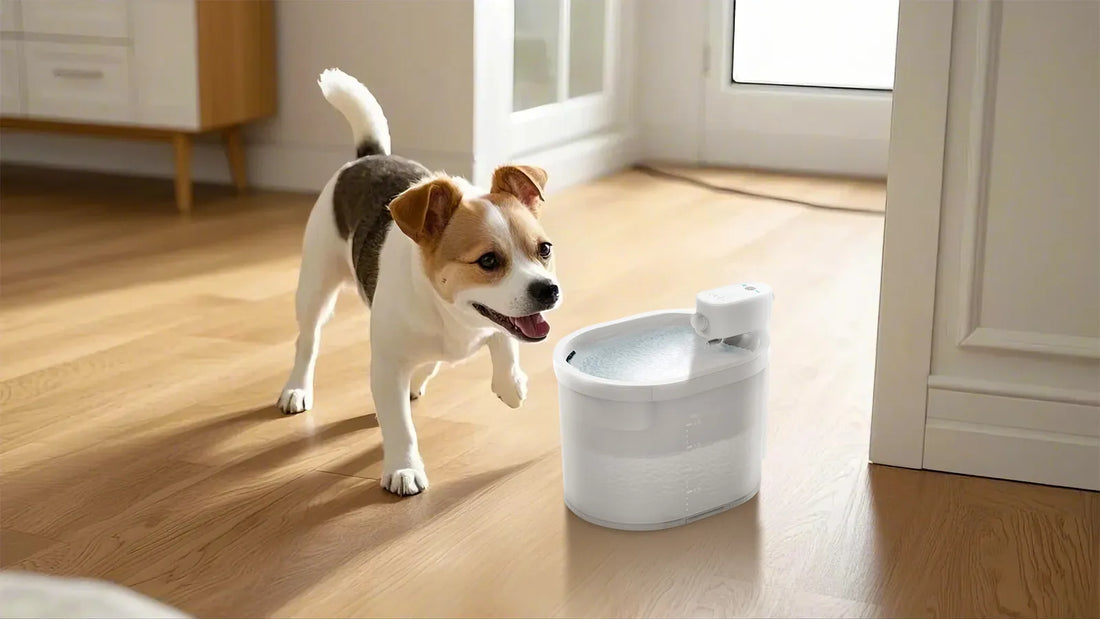Maintaining your dog's dental health is crucial for their overall well-being, but the thought of anesthesia can be daunting for many pet owners. Dog dental cleaning without anesthesia offers a safer alternative, providing effective oral care without the risks associated with sedation. This article explores the benefits, methods, and considerations of this approach, helping you make informed decisions for your furry friend.
Understanding the Importance of Dog Dental Health
Dental health is a vital aspect of your dog's overall health. Poor oral hygiene can lead to a host of problems, including bad breath, tooth decay, gum disease, and even systemic infections that can affect the heart, liver, and kidneys. Regular dental care is essential to prevent these issues and ensure your dog leads a healthy, happy life.
The Risks of Anesthesia in Dog Dental Cleaning
While anesthesia is commonly used in veterinary dental procedures, it is not without risks. Anesthesia can cause adverse reactions, especially in older dogs or those with underlying health conditions. The recovery process can also be stressful for both the dog and the owner. Dog dental cleaning without anesthesia eliminates these risks, making it a safer option for many pets.
Benefits of Dog Dental Cleaning Without Anesthesia
There are several benefits to choosing dog dental cleaning without anesthesia. Firstly, it is a non-invasive procedure that does not require sedation, reducing the risk of complications. Secondly, it is less stressful for the dog, as they remain awake and aware throughout the process. Additionally, it is often more affordable than traditional dental cleaning methods, making it accessible to a wider range of pet owners.
Methods of Dog Dental Cleaning Without Anesthesia
Several methods can be used for dog dental cleaning without anesthesia. These include manual scaling, ultrasonic cleaning, and the use of dental chews and toys. Manual scaling involves the use of specialized tools to remove plaque and tartar from the teeth. Ultrasonic cleaning uses high-frequency sound waves to break down and remove deposits. Dental chews and toys can help maintain oral hygiene by reducing plaque buildup and promoting healthy gums.
Choosing the Right Professional for Dog Dental Cleaning Without Anesthesia
When opting for dog dental cleaning without anesthesia, it is essential to choose a qualified and experienced professional. Look for a veterinarian or dental technician who specializes in non-anesthetic dental care. They should have the necessary skills and equipment to perform the procedure safely and effectively. It is also important to discuss your dog's specific needs and any concerns you may have before proceeding.
At-Home Dental Care for Dogs
In addition to professional cleaning, at-home dental care is crucial for maintaining your dog's oral health. Regular brushing with a dog-specific toothbrush and toothpaste can help prevent plaque and tartar buildup. Dental chews, toys, and water additives can also contribute to a healthy mouth. Establishing a consistent dental care routine will ensure your dog's teeth and gums remain in optimal condition.
Common Misconceptions About Dog Dental Cleaning Without Anesthesia
There are several misconceptions about dog dental cleaning without anesthesia. Some believe it is less effective than traditional methods, but this is not necessarily true. When performed by a skilled professional, non-anesthetic dental cleaning can be just as effective in removing plaque and tartar. Others worry that the procedure may be painful for the dog, but with proper techniques and tools, it can be a comfortable experience for your pet.
When to Consider Dog Dental Cleaning Without Anesthesia
Dog dental cleaning without anesthesia is a suitable option for many dogs, particularly those with mild to moderate dental issues. It is also a good choice for older dogs or those with health conditions that make anesthesia risky. However, it may not be appropriate for dogs with severe dental problems or those who are highly anxious or uncooperative. Consulting with a veterinarian can help determine the best approach for your dog's specific needs.
Preparing Your Dog for Dental Cleaning Without Anesthesia
Preparing your dog for dental cleaning without anesthesia can help ensure a smooth and stress-free experience. Start by introducing your dog to the tools and techniques used in the procedure, such as toothbrushes and dental instruments. Gradually acclimate them to having their mouth handled, and reward them with treats and praise for positive behavior. This will help your dog feel more comfortable and cooperative during the cleaning process.
Monitoring Your Dog's Dental Health
Regular monitoring of your dog's dental health is essential to catch any issues early and prevent them from worsening. Look for signs of dental problems, such as bad breath, drooling, difficulty eating, or swollen gums. Schedule regular check-ups with your veterinarian to assess your dog's oral health and address any concerns promptly. Early intervention can prevent more serious dental issues down the line.
Dog dental cleaning without anesthesia is a safe and effective way to maintain your pet's oral health. By understanding the benefits, methods, and considerations of this approach, you can make informed decisions for your furry friend. With proper care and attention, your dog can enjoy a healthy, happy life with a bright, clean smile.













